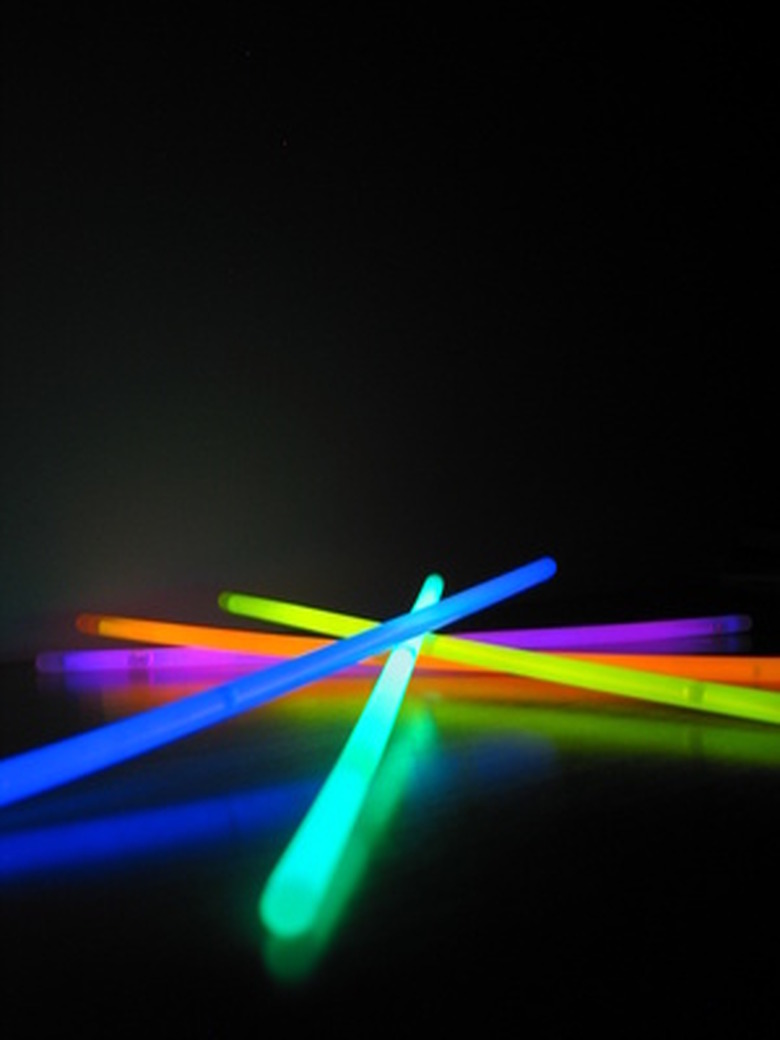Glow-in-the-dark items are all around us, whether as the stars on the ceiling of our children’s bedrooms or a painted Halloween costume. Whether flipping a wrist in a darkened theater to check the time, or snapping a glow stick at a rock concert, people have come to regard phosphorescence as commonplace. But the radioactive and chemical reactions used to create this glow are anything but ordinary.
Phosphorus
Unlike other glow-in-the-dark compounds that require exposure to light or radioactive sources, phosphorus’s glow happens through chemiluminescence. It burns when it comes into contact with the air. Three main forms of phosphorus are red, black and white, each having a different rate of burning and reactivity. White phosphorus is poisonous, while red phosphorous is a safer element used in everything from matches, fireworks and housecleaning products. Black phosphorus is the least reactive and requires extremely high temperatures in order to ignite.
Zinc Sulfide
Zinc sulfide is a compound made up of the elements Zinc and Sulfur. In its natural form, it appears as a white or yellow powder. When the compound is exposed to light, it stores the energy and re-emits it at a slower pace and lower frequency–becoming the glow one sees when you turn out the lights. Adding an activator–an element such as silver, copper or manganese–can create different glow coloration. Silver produces blue illumination, while copper creates green and manganese produces an orange-red coloration.
Strontium Aluminate
While zinc sulfide was an early phosphorescent compound, strontium aluminate was later discovered to maintain a glow almost 10 times longer and ten times brighter than its predecessor. Composed of the elements strontium and aluminum, it works in identical fashion to zinc sulfide by storing energy from light and turning it into colorful glows. It is a pale yellow powder, and, other than its phosphorescent properties, is inert.

